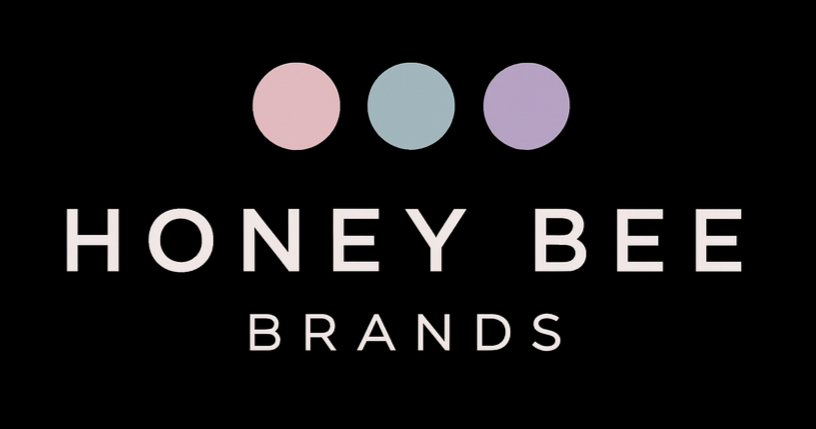The Worst 3 Product Launch Failures in History and What We Can Learn From Them
- Market Muse

- Feb 14, 2024
- 3 min read
Launching a new product is a complex and risky venture, even for the most established companies. While the market has seen its fair share of spectacular successes, it has also witnessed some equally notable failures. These product launch flops serve as cautionary tales, offering valuable lessons for businesses of all sizes. Let's delve into three of the worst product launch failures in history and uncover the insights they provide.
1. New Coke (1985)
Perhaps the most infamous product launch failure is Coca-Cola's introduction of New Coke in 1985. In an attempt to rejuvenate the brand and combat declining market share due to competition from Pepsi, Coca-Cola developed a new formula that was sweeter than the original. Despite positive responses in taste tests, the public reaction was overwhelmingly negative. Loyal customers felt betrayed, leading to a public relations nightmare that forced the company to revert to its original formula, rebranded as Coca-Cola Classic, just 79 days later.
Lesson: Don't Fix What Isn't Broken
New Coke's failure taught businesses the importance of understanding and valuing customer loyalty and brand heritage. Radical changes to a beloved product can alienate your core customer base. Innovation is essential, but it should not come at the cost of what made your product successful in the first place.
2. Microsoft Zune (2006)
Microsoft's Zune was designed to compete with Apple's iPod in the digital music player market. Despite its advanced features, including a larger screen and social sharing capabilities, the Zune failed to make a significant dent in the iPod's dominance. Microsoft struggled with branding, marketing, and creating an ecosystem that could compete with iTunes. The Zune was officially discontinued in 2011.
Lesson: The Importance of Ecosystem and Timing
Zune's launch failure highlights the critical role of an ecosystem in a product's success. Apple's iPod wasn't just a device; it was part of an extensive ecosystem that included iTunes and the iTunes Store. Zune entered the market too late and failed to offer a compelling reason for consumers to switch from an already dominant product. Timing and a supportive ecosystem are crucial for a new product's success.
3. Google Glass (2013)
Google Glass was a revolutionary product that introduced the concept of wearable technology to the mainstream. Despite the buzz, the product faced a widespread backlash over privacy concerns, with many worried about the implications of discreet video recording. Additionally, its high price point and perceived lack of practical applications led to its downfall as a consumer product, though it has found niche applications in professional settings.
Lesson: Consider Public Perception and Practicality
Google Glass taught us that technological innovation alone doesn't guarantee success. Public perception, privacy concerns, and the practicality of a product in everyday life are significant factors that influence adoption. Products must not only innovate but also align with societal norms and offer clear, practical benefits to users.
Conclusion
These three product launch failures underline the complexity of introducing a new product to the market. They teach us the importance of understanding and respecting customer loyalty, the necessity of a strong ecosystem and good timing, and the need to consider public perception and the practicality of new technology. By learning from these mistakes, businesses can better navigate the challenges of product development and launch, setting the stage for success rather than failure.
Let us know how we can help!
#ProductLaunchFailures #BusinessLessons #NewCoke #MicrosoftZune #GoogleGlass #MarketingStrategy #InnovationMistakes



